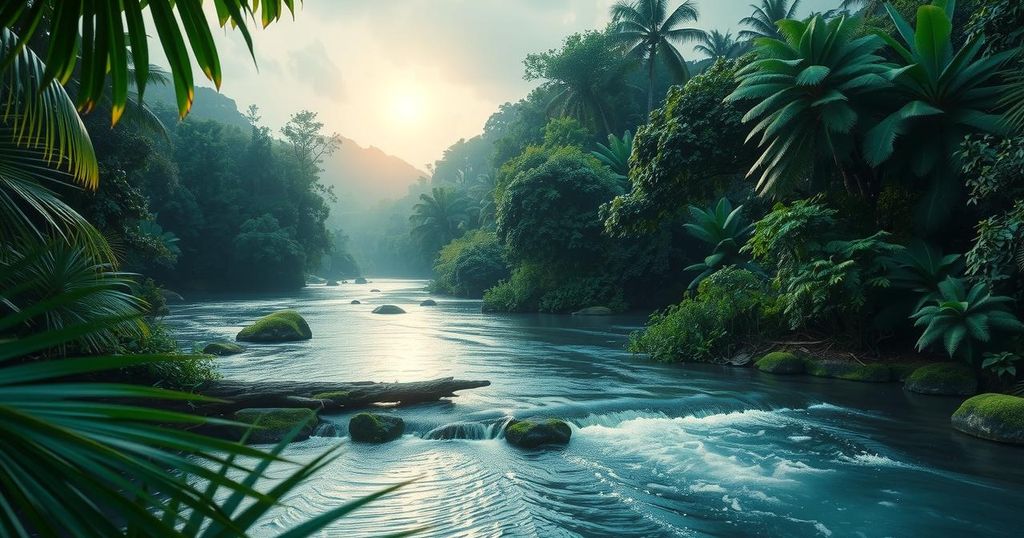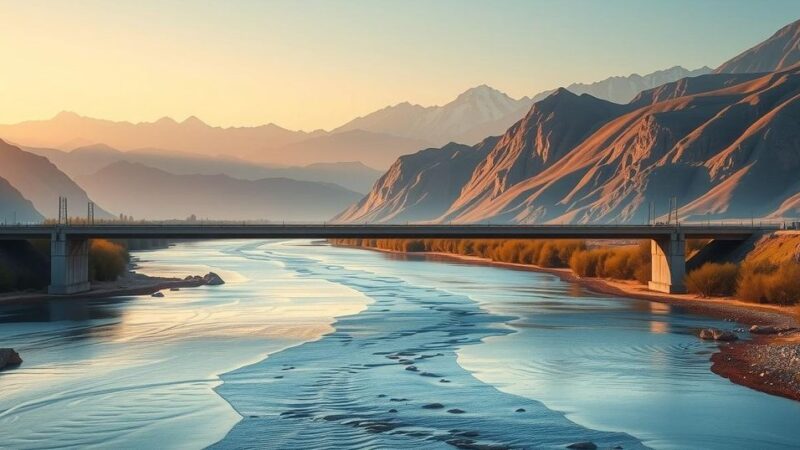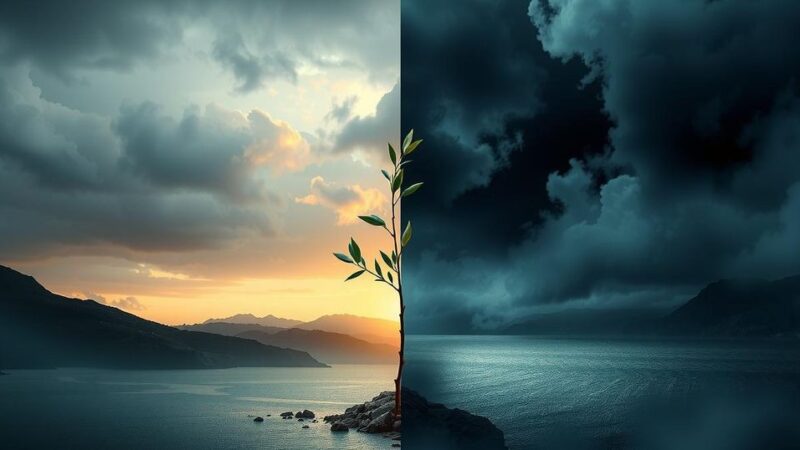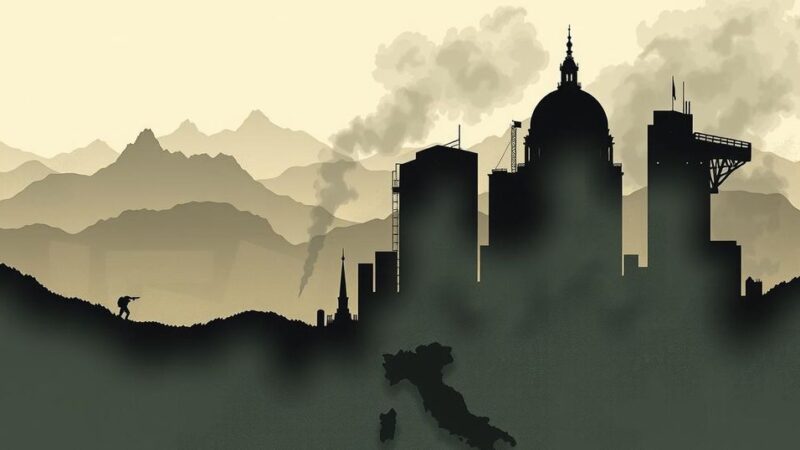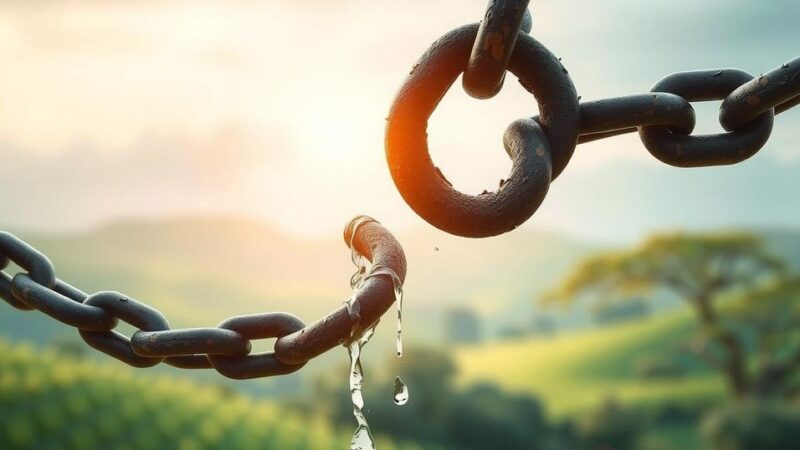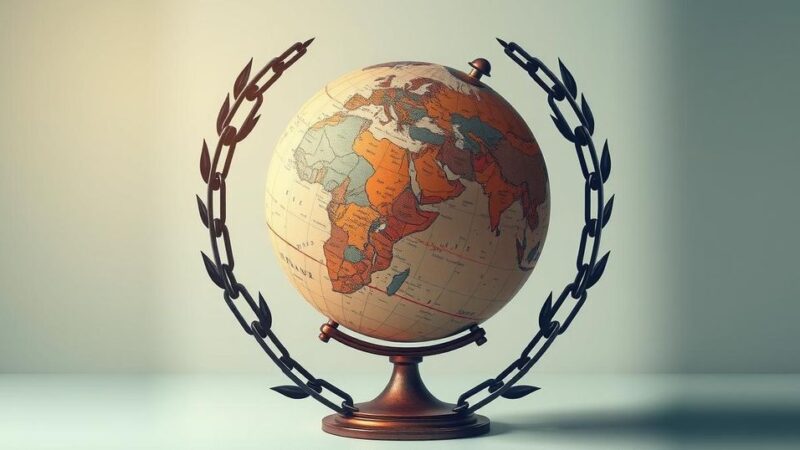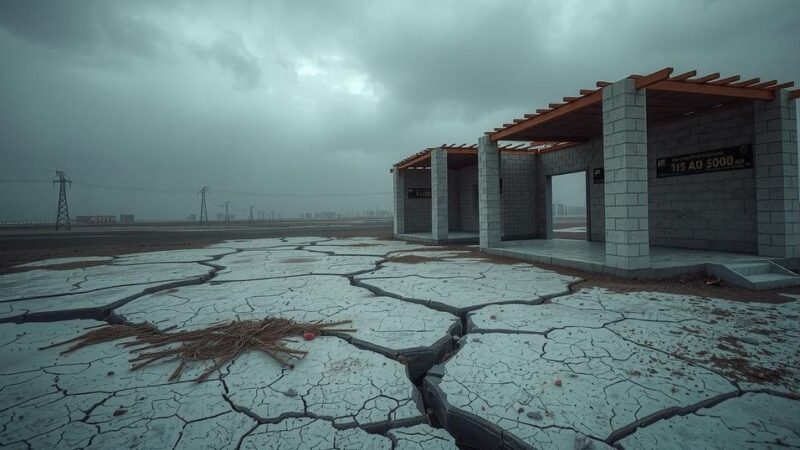The DRC is experiencing intensified conflict with the M23 militia’s control of Goma, leading to thousands of deaths and mass displacement. This crisis is rooted in historical tensions from the Rwandan genocide and is compounded by the pursuit of the DRC’s mineral wealth, particularly Coltan. Regional reactions vary, with concerns over escalating violence spilling into neighboring countries.
The Democratic Republic of Congo (DRC) faces a renewed crisis as the M23 militia, allegedly supported by Rwanda, has taken control of the strategically important city of Goma, rich in minerals. Starting from January, the conflict has led to over 2,900 fatalities and displacing approximately 700,000 individuals, with the rebels now targeting Bukavu, the capital of South Kivu province.
The roots of this conflict can be traced back to historical tensions stemming from the 1994 Rwandan genocide, which has caused repeated strife between the Hutu and Tutsi populations. During the colonial period, Belgian and German rulers implemented a Tutsi monarchy that marginalized the Hutus, leading to resentment and eventual uprisings. After gaining independence, Hutu dominance led to systematic oppression of Tutsis, further igniting conflict.
The Rwandan genocide, marked by the assassination of Hutu President Juvenal Habyarimana in April 1994, resulted in a horrific massacre of an estimated 800,000 Tutsis within just 100 days. Following the end of the genocide with the victory of the Rwandan Patriotic Front (RPF), many Hutus fled into the DRC, leaving behind a legacy of violence and instability.
In the aftermath of these tragic events, various armed groups emerged, including the M23, which was formed in 2012 from disenchanted members of the Congolese Army. Initially established following a failed peace agreement, the M23 has been accused of committing war crimes while asserting its role in protecting Tutsi interests.
The underlying conflict is not solely ethnic; it also heavily revolves around the rich natural resources of the DRC. The eastern regions, especially those encompassing Goma, contain significant reserves of Coltan, a vital mineral essential for modern electronics. The DRC produces nearly 40% of the global supply of this critical resource, making control over these areas a focal point in the ongoing conflict.
Responses to this crisis have varied among neighboring nations. DRC President Felix Tshisekedi characterized the M23’s actions as warlike, while Rwandan President Paul Kagame remains implicated yet silent about support for the militia. Additionally, Burundi has expressed serious concerns regarding potential spillover effects from the conflict, raising alarms over further military incursions into its territory.
Ultimately, Uganda has adopted a dual approach by supporting DRC forces against certain militias while allowing M23 to operate from its territory. This multifaceted situation continues to evolve, reflecting a complex interplay of historical grievances and geopolitical maneuvering in Central Africa.
The ongoing crisis in the DRC, driven by historical ethnic tensions and the quest for valuable resources, has resulted in significant humanitarian consequences, including thousands of deaths and widespread displacement. Regional dynamics complicate the situation further, with involvement from neighboring countries, each with their own interests. A resolution appears elusive as long as the underlying causes remain unaddressed.
Original Source: www.thehindu.com
